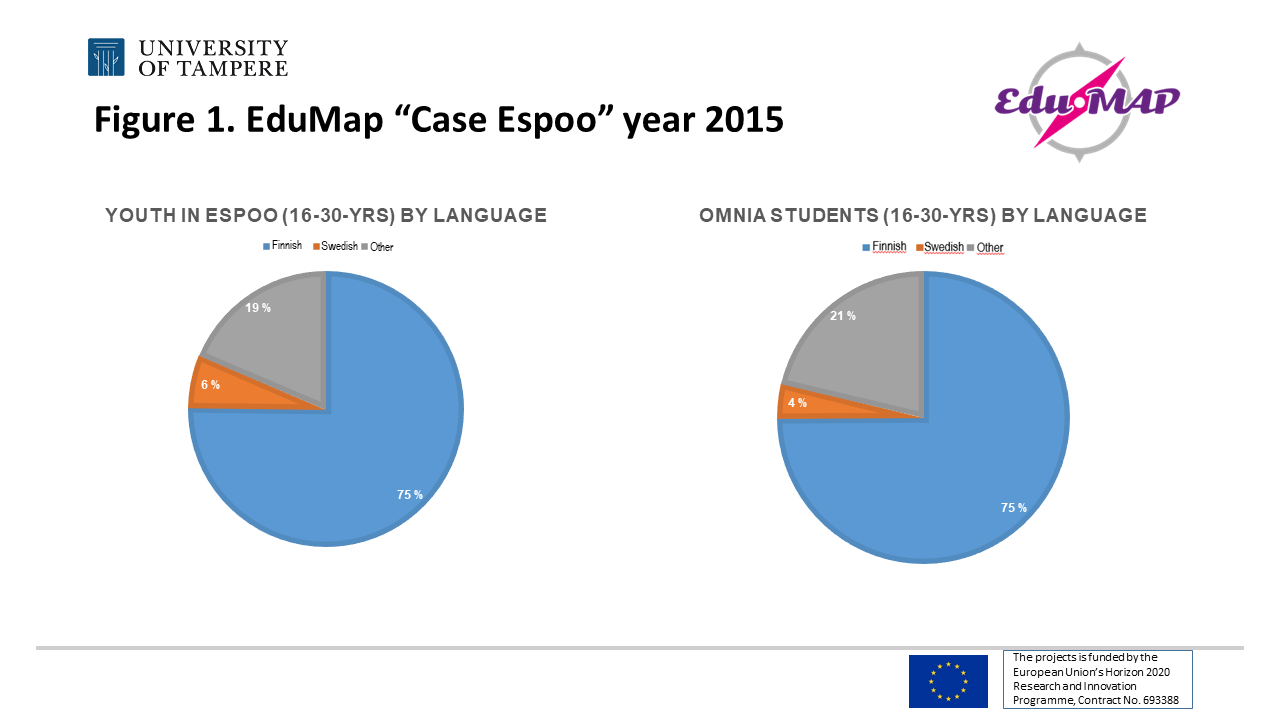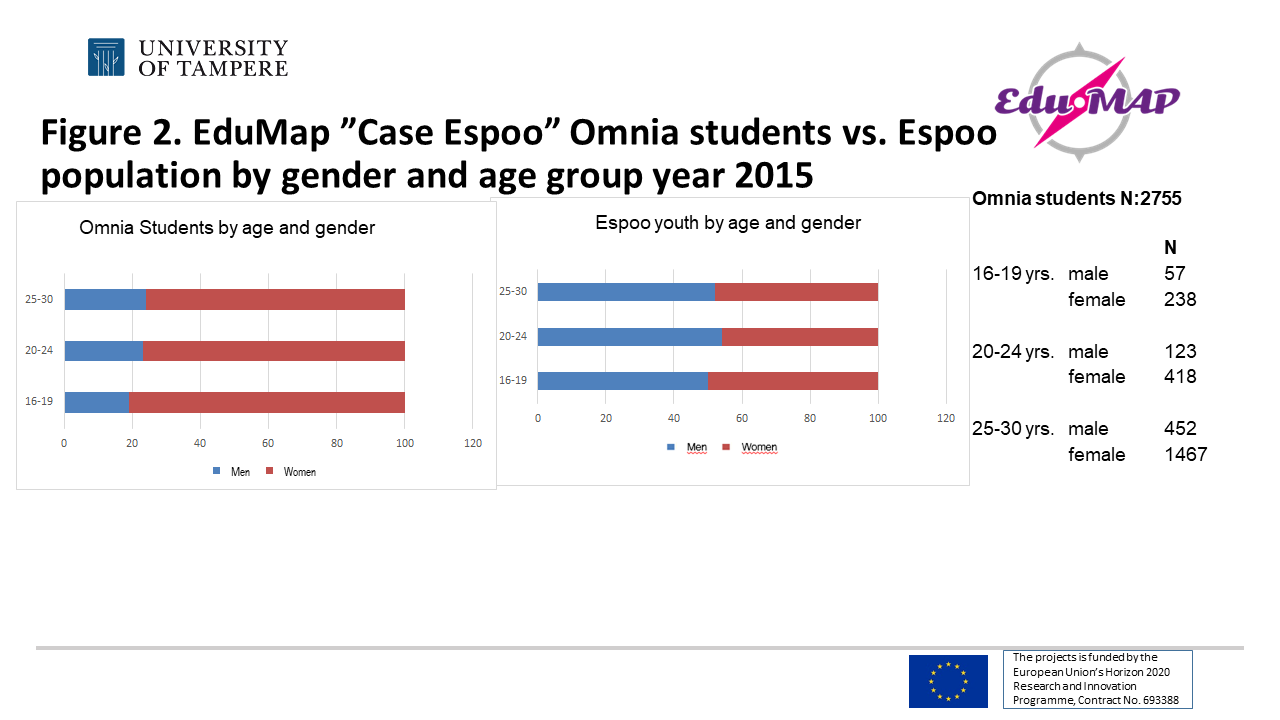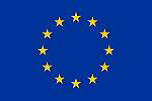(Link to the previous post: EduMAP at the Finnish Educational Research Association (FERA) Conference on Education, Tampere, 15-16 November 2018)
Authors: Paula Kuusipalo (Tampere University Faculty of Education and Culture) and Jani Siirilä (Haaga-Helia University of Applied Sciences)
During the first phase of EduMAP we searched such data that would be useful for developing a decision support system (IDSS) in the field of adult education. The task of the IDSS that processes data of vulnerable young adults, participation in adult education and active citizenship would be to help decision makers to formulate better policies for reaching vulnerable youth to adult education. One potential data source that we identified is the register-based individual data that is produced in various processes of governance and that is available for researcher use. After gaining the decision granting a licence of accessing the data through a regulated process we started experimenting with the Finnish individual data that contains information of vulnerable life situations, participation in adult education and active citizenship. The data access was provided by Statistics Finland and we combined individual data from various administrative registers by the personal identity number. However, for protecting privacy and securing data protection Statistics Finland had replaced the ID number by a pseudonymised ID.
We were especially interested in data that contained information of vulnerable life situations, participation in adult education and active citizenship. Although vulnerability is quite context specific concept and a complex phenomenon, we tracked the information sources first by hypothesising that receiving various social benefits can be an indicator of different vulnerable situations such as poverty or single parenthood. Second, the national student register contains information on participation in adult education. Finally, for indicating active citizenship the variable describing employment is one available indicator. We had also some information (30% of eligible population) of activity in the previous parliamentary elections. But then, what else could be used as indicator of active participatory citizenship? Previously, while comparing the Swedish, Danish and Finnish statistics we had noticed that contrary to its Nordic neighbours, the Finnish statistics did not contain information of the students of the so called liberal adult education. We started wondering, whether having this kind of data would reveal something specific about active citizenship?
This observation led to search for such data. In cooperation with one provider of liberal AE studies (Espoo City, Omnia) we combined their client register data to EduMAP data (snapshot of the 16-30 year old population in Finland 2015, N: 993 713). The idea was to review the Espoo City population and to compare the group who participated in liberal AE studies with the corresponding age group. The figures revealed, for instance that Omnia as education provider was able to reach different language groups as the share of Finnish language students and students with another mother tongue was quite similar.

On the other hand, most Omnia students were female, which is a typical pattern in all liberal adult education.

We discussed what could be achieved in policy making with such data based on our preliminary findings and ideas at the Finnish National Conference on Education (https://events.uta.fi/feraconference2018/ ). The reflections in the Sociology of Education workshop supported our view that having data of participation in liberal adult education would benefit (1) the vulnerable by showing for instance that unemployment does not equal idleness (2) the organisers by enabling them to measure the outcomes and enhancing of mobilising the full potential of adult education to reach the vulnerable groups and (3) the providers by providing more visibility and recognition to their work. After all, it is the numbers that create the powerful narratives that are examined at policy level.



[…] EDUMAP, the “power of number” – data that can nurture policy-making to improve outreach to vulnerable groups – clearly […]
How access and collection of data, resource management and related competences can provide insights to improve the quality and efficiency of adult education provisions to vulnerable groups | EduMAP
20.2.2019 10:20